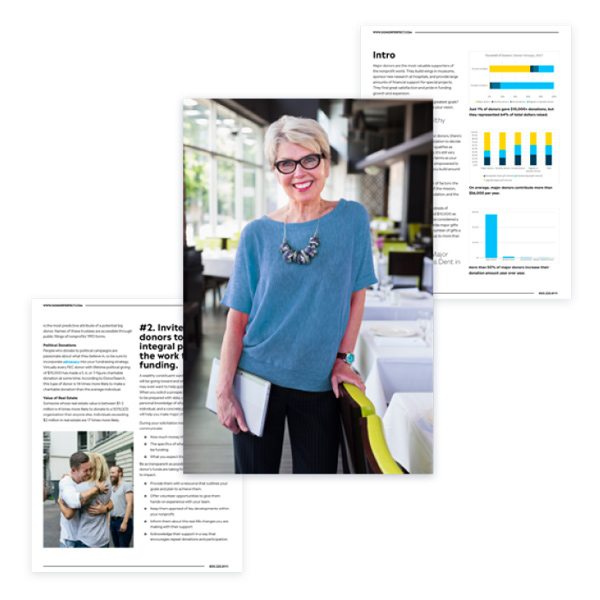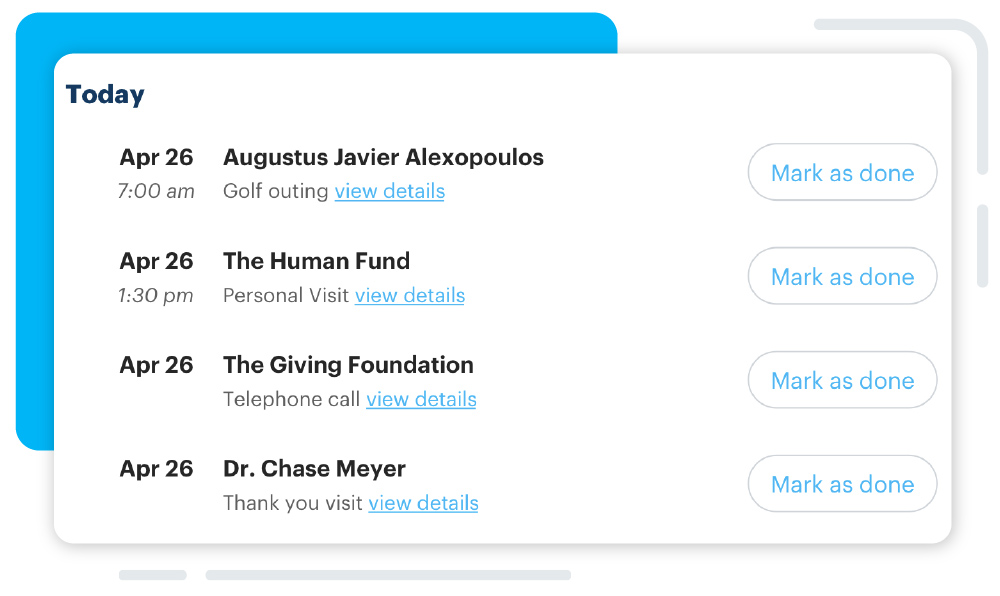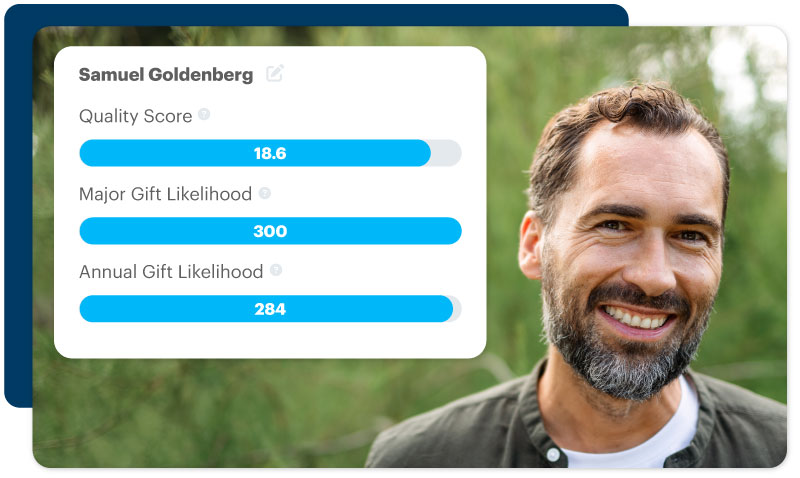Nonprofit Technology & Fundraising Blog
Subscribe to our mailing list

May 14, 2024 | Donor Acquisition
As a volunteer fundraiser for my community choir, I need to get creative with my limited time and resources. How can I make sure we’re financially stable without giving up too much of my free time or taking on personal expenses?
For many volunteer fundraisers and professionals at smaller nonprofits, winning one or two grants could be enough to ensure stability for the year. But grant applications can be incredibly time-consuming and confusing and often come with low odds of success. It’s a daunting and often discouraging part of fundraising, especially if you’re new to it.
However, by building a network of connections at related nonprofits and funding organizations, I’ve found a lot of people in my community who share my joy and interest in community music-making, and we can work together to share resources and ideas for improvement. By introducing my actual, human self (and not just a polished application) to prospective funders, I increase my odds of winning grants and expanding my donor pipeline at the same time.
Here are four steps that I’ve found are effective for building a network of private grant funders and related organizations in a time and energy-efficient manner.
While it isn’t always required that you check in with a representative from a potential grant funder before applying, it can help you create the strongest possible application and create a more personal relationship with the grantmaker.
In fact, many funding organizations encourage applicants to reach out before submitting their proposals to make sure their missions are aligned. I had an engaging meeting with a prospective foundation to see if we’d be eligible for funding in their current grant cycle, where I realized I wouldn’t have time to put together a strong application based on the foundation’s criteria and previous awardees. I told my conversation partner honestly and directly that I didn’t think this year made sense for us but that I wanted to stay in touch, learn more about her organization, and try again next year when I can be confident that we’ll be able to deliver something better.
Even though the meeting was virtual, I saw a total shift in her body language. She appreciated my honesty and opened up about specifics from successful projects that could help us get future funding. She also connected me with a few other people who she thought might be specifically interested in supporting my choir.
Your data can be an absolute gold mine for prospective major donors. When you can find the sweet spot where a giver’s passion and giving capacity align, the sky is the limit!
Are you ready to find who in your community wants to give a major gift? Download your free copy of our guide, How to Discover Major Donors in Your Database Today!

I would love a grant from the National Endowment for the Arts. But I need to be real with myself: I can’t compete with established organizations or innovative ensembles made up of professional-level musicians. That doesn’t mean my choir isn’t important – quite the contrary! It just means that mainstream funding options are likely harder for me to get, so I needed to go a level deeper and a few levels more local.
I started by reflecting on what makes my choir unique. I reviewed our archives and interviewed members, learning why they stuck around through a pandemic (no easy feat for a choir!) and what they love about community music-making. As my choir is uniquely interfaith, I used that as a springboard to explore funding options.
Yes, I could target funders that offer grants to community music ensembles. I might even win one! I could also consider organizations that are interested in the outcome of our music-making: creating a more connected community, encouraging peacekeeping efforts between faith-based groups, and the arts as a means of expression and healing for non-professionals. Expanding my scope helps my applications stand out, and drawing connections between related missions can help expand my prospect pipeline even more.
Need help keeping track of all of the moving parts of fundraising? With DonorPerfect, you can store meeting notes and files, schedule follow-ups, and assign specific tasks with reminders to yourself, to other staff, and to volunteers. See how you can start saving time!

Grants from foundations aren’t the only way you can get funding from organizations that are excited about your mission. Of course, you should be careful to avoid mission drift, but that doesn’t mean you’re strictly limited to missions that are directly and explicitly related to yours.
For example, my choir is an arts organization, but it also serves the purpose of building community. I found a related organization that offers funding for people in my age bracket who want to host community-building meals, so I met with a representative of the organization to make sure I’m using their funding ethically and responsibly, and am hosting community-building meals to recruit new choir members when appropriate.
What are some creative ways to think about your mission? Start brainstorming the aftershocks of your work and expand your search to include funders who are interested in them.
DonorPerfect users: Want to find the people and organizations who are already in your system that are most likely to give? Check out DonorSearch today!
Not yet in the DonorPerfect community? Get a demo to see how you can raise 25% more funding in your first year with us.

During a prospective funder meeting, the first thing my conversation partner said was, effectively, “In full transparency, we don’t fund organizations like yours.”
As a fundraiser, I know how discouraging it can be to hear “no,” but I was given an even better gift that day. He saved me hours of work creating a proposal that would never see the light of day. I also realized that by taking the meeting anyway, he was indicating interest in my mission – while the organization he represented didn’t fund choirs like mine, he could still offer his support by brainstorming with me and offering connections and warm leads I could reach out to.
So far, one potential funder’s “no” has led me to one sponsoring organization and one blossoming relationship with a grant-making organization supporting local performing artists.
Pro tip: Try asking for connections and introductions in addition to asking for gifts and grants. Even if an organization or prospective donor isn’t the best fit for your mission, it’s possible they’re still interested in helping out another way.
There are people out there who believe in your mission and want to see you succeed – it’s just a matter of finding them. Want to get a personalized plan for finding new donors and growing toward your potential? Just answer five quick questions for a growth path that’s tailored to your unique needs, or download our PDF guide below to choose your next steps!
Follow us on social!